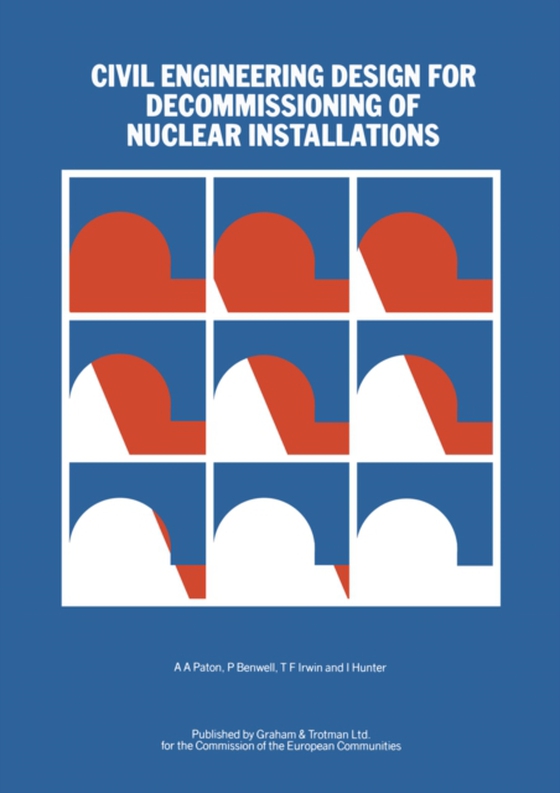
Civil Engineering Design for Decommissioning of Nuclear Installations e-bog
875,33 DKK
(inkl. moms 1094,16 DKK)
35 9.2 TYpical PWR Station Layout 36 9.3 Regions of Highest Radiological Hazard 38 9.4 Decommissioning Scenarios 40 9.5 Existing Structural Features of a PWR which may aid Decommissioning 42 9.6 Structural Features that might be introduced into Future PWR Stations to aid Decommissioning 43 10. REFERENCES 44 11. ACKNOWLEDGEMENTS 45 12. TABLES AND FIGURES 45 APPENDIX A - SUPPLEMENTARY INFORMATION...
E-bog
875,33 DKK
Forlag
Springer
Udgivet
6 december 2012
Genrer
THK
Sprog
English
Format
pdf
Beskyttelse
LCP
ISBN
9789400956322
35 9.2 TYpical PWR Station Layout 36 9.3 Regions of Highest Radiological Hazard 38 9.4 Decommissioning Scenarios 40 9.5 Existing Structural Features of a PWR which may aid Decommissioning 42 9.6 Structural Features that might be introduced into Future PWR Stations to aid Decommissioning 43 10. REFERENCES 44 11. ACKNOWLEDGEMENTS 45 12. TABLES AND FIGURES 45 APPENDIX A - SUPPLEMENTARY INFORMATION 98 1 1. INTRODUCTION 1.1 This report describes the work carried out by Taylor Woodrow Construction Limited (!WC) in a study aimed at identifying features Which may be incorporated at the design stage of future nuclear power plants to facilitate their eventual decommissioning and, in so dOing, promote economic and radiological benefits at the decommissioning stage. 1.2 For the purposes of this study, decommissioning of a nuclear facility means those measures taken at the end of the facility's operating life to remove it from the site and restore the site to green field conditions, and, While so doing, ensure the continued protection of the public from any residual radioactivity or other potential hazards present in or emanating from the facility. The overall decommissioning process involves eventual dismantling and demolition and may also include, Where possible and appropriate, the intermediate steps of renewal and refurbishing.
 Dansk
Dansk

